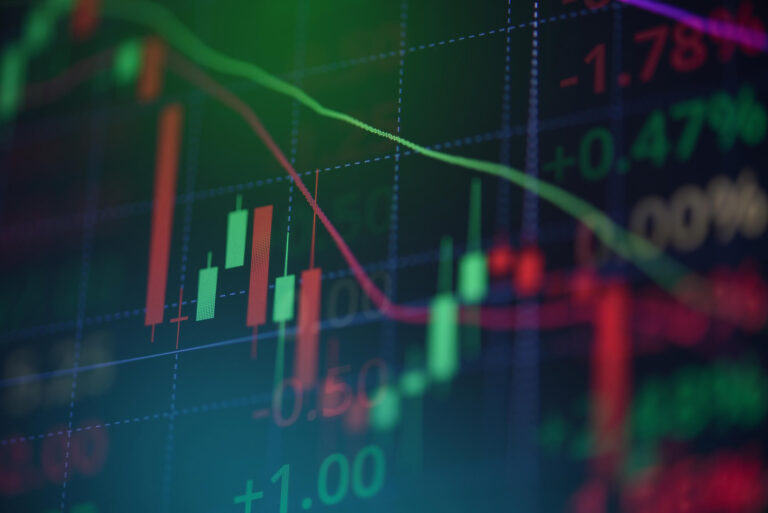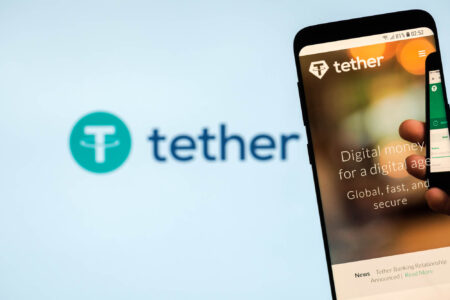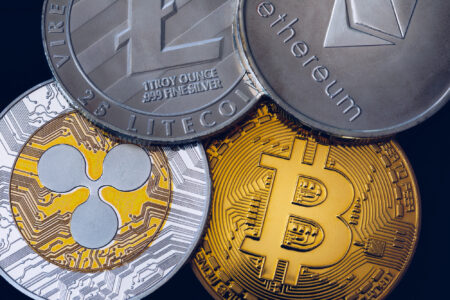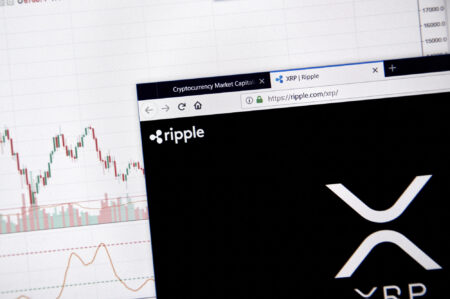Imagine trying to sell your house, but instead of working with a real estate agent, you had to find a buyer who wanted exactly your house, at exactly your price, at exactly the same time you wanted to sell. This "double coincidence of wants" problem has plagued markets since the dawn of trade.
In financial markets, it's solved by market makers – specialized participants who stand ready to buy or sell at any time, profiting from the small difference between their buying and selling prices. For more highly traded assets (e.g. AAPL stock), this process has become seamless. You open your Robinhood app, tap the "Buy" button, and instantly own shares at the displayed price. It feels like magic – but behind this simple interaction lies a complex web of market makers. Rather than waiting to match you with another retail investor looking to sell their exact number of shares, these specialized traders stand ready to fulfill your order immediately. This critical function prevents market failures by maintaining constant liquidity. Without it, we'd face high volatility, liquidity crunches, and unreliable price discovery.
Yet how we provide this essential service has transformed dramatically over the decades. From human traders shouting on exchange floors to algorithms operating in microseconds, and now to decentralized protocols running on blockchain networks, each technological leap has reshaped who can participate in market making and how they do it.
NYSE: the traditional finance paradigm
The New York Stock Exchange, the epitome of traditional finance, operates at speeds beyond human comprehension. While we might take a second to click a mouse button, the largest market makers and high-frequency traders react over 100,000 times faster, operating in microseconds—millionths of a second. A handful of these certified market makers dominate trading volume. The barriers to entry are formidable: obtaining a seat at the exchange requires substantial capital and SEC approval, while competing effectively demands cutting-edge technology to process information at these inhuman speeds.
This need for speed, combined with stringent regulatory requirements, has concentrated market making in a few powerful hands. Just two firms—Citadel Securities and GTS—handle over 75% of NYSE-listed securities. Their dominance illustrates how modern market making has become a game reserved for those who can both overcome extensive regulatory hurdles and afford to compete in the microsecond realm.
This technological arms race exists for survival: imagine when Elon Musk tweets about Tesla—market makers must adjust their quotes within microseconds or risk massive losses to high-frequency traders who spot the news first. This "toxic flow"—where faster traders can pick off slower ones—has made the environment increasingly inhospitable to human traders and retail participants. Success requires not just capital and approval, but the ability to react to information faster than the competition.
The bridge: centralized crypto exchanges
Centralized cryptocurrency exchanges like Binance represent an evolutionary step in market making democratization. Unlike NYSE's strict requirements, anyone with sufficient capital can become a market maker on these platforms. They operate with millisecond latencies—about 1,000 times slower than NYSE but fast enough for most purposes—and offer attractive fee structures with maker rebates to encourage participation.
However, these exchanges present a dangerous paradox: they require the same trust as traditional finance—custody of user assets—while often operating with far less regulatory oversight. Unlike NYSE's strict SEC supervision, many crypto exchanges operate in regulatory gray zones or jurisdictional havens.
The collapse of FTX in 2022 brutally exposed these dangers. What appeared to be one of the most sophisticated trading venues, processing billions in daily volume, turned out to be catastrophically mismanaged. Customer funds were secretly transferred to a related trading firm, triggering a $32 billion implosion. This wasn't an isolated incident—QuadrigaCX, Mt. Gox, and other exchange failures tell a similar story. The pattern spurred interest in truly decentralized alternatives, where code rather than trust would govern market operations.
The DeFi revolution: automated market making
In 2018, Uniswap emerged with a radical proposition: what if market making didn't need order books at all? Instead of matching bids and asks like traditional exchanges, it introduced a completely automated approach using smart contracts. Consider Alice, a small retail investor who wants to provide liquidity but lacks the sophisticated infrastructure of traditional market makers. Through Uniswap's automated market maker (AMM), she can deposit $10,000 worth of ETH and USDC into a liquidity pool, earning fees from each trade.
Uniswap's V2 protocol introduced this approach through a simple constant product formula, demonstrating how smart contracts could automate complex market functions while reducing counterparty risk. The ability to provide liquidity without intermediaries challenged fundamental assumptions about market structure.
However, its passive nature has shown significant limitations. During the May 2022 crypto market turbulence, many liquidity providers suffered significant losses as prices on centralized exchanges like Binance moved faster than Uniswap's pools could adapt, creating arbitrage opportunities that damaged liquidity providers. While Uniswap V3's concentrated liquidity positions allowed for more active management, higher gas fees made this feature more suitable for larger players—ironically recreating some of the barriers to entry it initially sought to eliminate. The market needed a different solution.
The hybrid future?: orderbook DEXes
Between CeFi's trust requirements and Uniswap's passive pools, the market needed a middle ground: a responsive order book system that wouldn't require blind faith in exchanges or Uniswap's hefty gas fees. This is where platforms like HyperLiquid found their niche.
Operating with millisecond latencies—achievable with standard hardware—these decentralized exchanges brought back the traditional order book model, but with a crucial innovation. By prioritizing cancellation messages within each blockchain block, they give market makers enough time to adjust their positions before trades are finalized. This means market makers can avoid toxic flow without requiring the complex infrastructure of centralized exchanges.
This design choice has dramatically lowered barriers to entry. Retail traders now represent about 50% of trading volume, a stark contrast to TradFi or even Uniswap’s models. However, this accessibility comes with its own trade-off: while not fully decentralized—using multi-signature contracts for asset custody—these platforms represent a pragmatic balance between trustlessness and performance.
Looking forward
The evolution of market making isn't simply a story of replacing human traders with algorithms or centralized exchanges with decentralized ones. Rather, it reveals a fundamental tension: the trade-off between speed, accessibility, and trust. Traditional exchanges optimized for speed but created high barriers. Centralized crypto exchanges lowered these barriers but required blind faith. Automated market makers eliminated trust requirements but sacrificed responsiveness. Now, hybrid solutions seek a balance.
For traditional finance professionals, these innovations matter because they challenge core assumptions about market structure. What if market making didn't require microsecond speeds? What if trust could be replaced by code? As blockchain technology matures and regulatory frameworks evolve, we might see traditional exchanges adopting elements of automated market making, while decentralized platforms continue improving their speed and efficiency.
The future likely belongs not to any single model, but to those who can navigate this spectrum of solutions, understanding when speed matters more than trust, or when accessibility outweighs performance. Market making's essential function—providing liquidity—remains unchanged, but the tools for delivering it have multiplied dramatically.




